Home>diy>Building & Construction>What Is Shoring In Construction
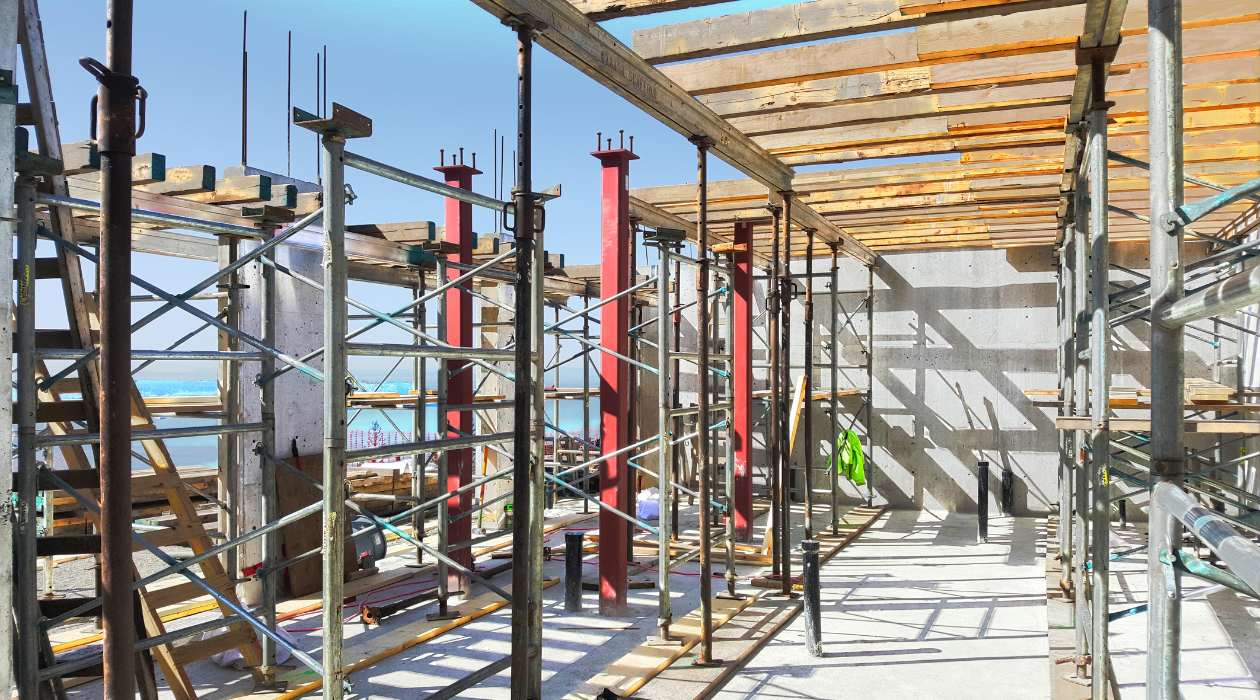

Building & Construction
What Is Shoring In Construction
Modified: December 7, 2023
Learn what shoring is and how it is used in building construction. Explore the importance of shoring techniques for safe and efficient construction projects.
(Many of the links in this article redirect to a specific reviewed product. Your purchase of these products through affiliate links helps to generate commission for Storables.com, at no extra cost. Learn more)
Introduction
When it comes to construction projects, ensuring safety and stability are top priorities. One crucial aspect of building construction is shoring. Shoring plays a vital role in supporting the structure during its construction or renovation phase.
Shoring involves the installation of temporary structures, such as beams, posts, and scaffolding, to provide support to existing structures or excavation sites. This temporary stabilization technique is essential for ensuring the safety of workers, preventing structural collapse, and executing various construction activities.
In this article, we will delve into the world of shoring in construction, exploring its definition, purpose, types, techniques, safety considerations, and common challenges. So, let’s dive in and discover the critical role that shoring plays in the construction industry.
Key Takeaways:
- Shoring in construction is crucial for ensuring stability, preventing structural collapse, and creating a safe working environment for construction workers. It plays a vital role in load support, preventing structural movement, and protecting adjacent structures.
- Proper shoring techniques and systems are essential for mitigating risks, maintaining stability, and ensuring the safety of workers and structures during the construction process. By prioritizing safety and adhering to best practices, construction projects can be executed safely and effectively.
Read also: 9 Superior South Shore Dresser for 2024
Definition of Shoring in Construction
Shoring in construction refers to the temporary support structures and techniques used to provide stability and prevent collapse during the construction or renovation of a building. It involves the strategic placement of supporting elements, such as props, beams, and scaffolding, to transfer the load and provide necessary reinforcement.
The primary purpose of shoring is to ensure the stability and safety of the structure by redistributing the weight and preventing any movement or collapse. It is commonly employed in situations where the structure requires additional support due to alterations, repairs, or weakening of the existing foundation.
Shoring is especially critical during activities such as excavation, demolition, underpinning, concrete pouring, and removal or replacement of load-bearing walls. It is designed to hold the structure in place and prevent any deformation, settlement, or a sudden collapse that may result in injuries, property damage, or even fatalities.
Shoring techniques may vary based on the specific construction needs and requirements. The selection of shoring systems depends on various factors, such as the type and condition of the existing structure, soil conditions, depth of excavation, nearby structures, and the presence of underground utilities.
In the next section, we will explore the purpose of shoring in construction in more detail, highlighting its significance in ensuring the stability and integrity of the building during the construction process.
Purpose of Shoring in Construction
The main purpose of shoring in construction is to provide temporary support and ensure the stability and safety of the structure during various construction activities. Shoring serves several important functions, including:
- Load Support: Shoring systems are designed to bear the weight of structural elements, equipment, and construction materials. By distributing the load evenly, they prevent excessive stress and strain on the existing structure, minimizing the risk of structural failure or collapse.
- Preventing Structural Movement: Shoring helps prevent the movement of the structure during construction. It keeps the structure in place and minimizes any settlement or deformation that can occur due to excavation, demolition, or alterations. This is crucial to safeguard the integrity of the building and maintain the desired structural alignment.
- Worker Safety: Shoring provides a safe working environment for construction workers. By stabilizing the structure, it reduces the risk of accidents, such as wall collapse, falling debris, or equipment failure. It also creates a secure platform for construction activities, allowing workers to perform their tasks without endangering themselves or others.
- Protection of Adjacent Structures: In cases where construction activities are carried out near existing structures, shoring acts as a protective barrier. It prevents any damage or displacement to nearby buildings or structures that may occur due to excavation, vibrations, or load transfer during construction.
- Facilitating Construction Process: Shoring systems enable the smooth execution of various construction techniques and methods. They provide a stable working platform for tasks like concrete pouring, formwork installation, and wall construction. By ensuring stability, shoring allows construction activities to progress efficiently and in a controlled manner.
Overall, the purpose of shoring in construction is to mitigate risks, maintain stability, and ensure the safety of workers and structures during the construction process. By implementing appropriate shoring techniques and systems, construction projects can proceed smoothly while minimizing disruptions and potential hazards.
Next, let’s explore the different types of shoring systems commonly utilized in construction.
Types of Shoring Systems
Shoring systems in construction can be classified into various types based on their design, construction method, and the materials used. Each type of shoring system has its own unique features and is suited for specific construction scenarios. Here are some commonly used types of shoring systems:
- Timber Shoring: Timber shoring, also known as wood shoring, is one of the most basic and traditional types of shoring systems. It involves the use of wooden posts, beams, and planks to provide temporary support. Timber shoring is commonly used for light to medium-duty applications and is often preferred for its affordability and ease of installation.
- Steel Shoring: Steel shoring is a more advanced and versatile shoring system. It utilizes adjustable steel props, beams, and frames to provide robust support. Steel shoring systems offer greater load-bearing capacity and can be easily adjusted or customized to suit different construction requirements. They are commonly used in heavy-duty applications or situations where higher load capacities are anticipated.
- Aluminum Shoring: Aluminum shoring systems are lightweight and also offer excellent load-bearing capacity. They are easy to handle and assemble, making them a popular choice for smaller-scale construction projects or situations where portability is desired. Aluminum shoring systems are resistant to corrosion and provide reliable support.
- Hydraulic Shoring: Hydraulic shoring systems utilize hydraulic jacks to provide support. These systems are often employed in situations where there are space constraints or limited access for installation. Hydraulic shoring offers the advantage of being adjustable and easily adaptable to changing conditions, allowing for precise control and efficient installation.
- Pneumatic Shoring: Pneumatic shoring systems use air or water pressure to provide support. These systems are commonly used in scenarios where the ground water level needs to be controlled during excavation or where soil conditions pose a risk of collapsing. Pneumatic shoring allows for soil stabilization while ensuring the safety of workers in unstable trench or excavation sites.
These are just a few examples of the types of shoring systems used in construction. The selection of the appropriate shoring system depends on various factors such as the nature of the project, soil conditions, load requirements, and site constraints. Consulting with structural engineers and experienced professionals is essential to determine the most suitable shoring system for a particular construction project.
Next, let’s explore the components that make up a shoring system.
Components of a Shoring System
A shoring system in construction consists of several key components that work together to provide temporary support and ensure the stability of the structure. These components are carefully selected and combined based on the specific requirements of the construction project. Here are the essential components of a shoring system:
- Shoring Beams: Shoring beams, also known as horizontal members, are used to distribute the load and provide structural support. They are typically made of steel or aluminum and come in various lengths and sizes to accommodate different spans and load capacities. Shoring beams are designed to be easily adjustable and reusable, making them a versatile component of a shoring system.
- Vertical Supports: Vertical supports, such as props, columns, or posts, are used to transfer the load from the structure to the ground or foundation. They provide vertical stability and are adjustable to suit the required height and load-bearing capacity. Vertical supports are typically made of steel or timber and are selected based on the specific construction needs.
- Base Plates: Base plates are placed at the bottom of vertical supports to distribute the load and provide stability. They are typically made of steel and are designed to prevent the vertical supports from sinking into the ground or damaging the existing structure. Base plates also ensure that the load is evenly dispersed, reducing the risk of localized stress or structural failure.
- Cross Bracings: Cross bracings are diagonal members that connect the vertical supports, shoring beams, or other structural components within a shoring system. They provide lateral stability and help minimize any movement or deformation of the shoring system. Cross bracings are typically made of steel and are essential for maintaining the overall integrity and strength of the shoring system.
- Connectors and Fasteners: Connectors and fasteners are used to assemble and secure the various components of a shoring system. These can include bolts, nuts, couplers, clamps, and pins. Properly fastening the components ensures the stability and reliability of the shoring system, allowing it to withstand the applied load and maintain its integrity throughout the construction process.
In addition to these primary components, other accessories such as adjustable heads, splicers, struts, and wedges may be used to enhance the stability and adjustability of the shoring system. By combining these components strategically, a comprehensive shoring system is created to provide temporary support and ensure the safety of both the workers and the structure during construction or renovation.
In the next section, we will delve into various shoring techniques and methods employed in construction projects.
When using shoring in construction, always ensure that it is properly installed and inspected to prevent potential collapses or accidents.
Read more: What Is Pre-Construction In Construction
Shoring Techniques and Methods
Shoring techniques and methods in construction involve the application of specific approaches and procedures to provide temporary support and ensure the stability of a structure. These techniques may vary depending on the construction project requirements, site conditions, and the type of shoring system being utilized. Here are some commonly employed shoring techniques and methods:
- Dead Shoring: Dead shoring, also known as vertical shoring, involves the installation of vertical supports directly beneath the existing structure. This technique is used when additional support is needed for load transfer or to prevent settlement during construction. Dead shoring is typically employed during activities like underpinning, wall removal, or installation of new structural elements.
- Raking Shoring: Raking shoring, also called inclined shoring, is used when the excavation or construction requires support at an angle. It involves installing inclined supports that are anchored into the ground or a stable structure to provide lateral support and stability. Raking shoring is commonly employed in situations where vertical shoring is not feasible due to site constraints or the need to maintain access for machinery or vehicles.
- Overhead Shoring: Overhead shoring, also known as horizontal shoring or overhead protection, is used to provide temporary support to the structure above. This technique is typically employed when there is a need to remove load-bearing walls, beams, or columns during construction. Overhead shoring ensures the stability of the structure while allowing for the modification or replacement of structural elements.
- Dynamic Shoring: Dynamic shoring refers to the use of shoring systems that can be adjusted or modified while construction activities are ongoing. It allows for flexibility and adaptability to changing site conditions, ensuring the continued stability of the structure. Dynamic shoring techniques involve the use of hydraulic or pneumatic elements that can be easily adjusted or repositioned as needed.
- Sheet Piling: Sheet piling is a shoring method used to provide lateral support in excavations or trenches. It involves driving interlocking steel sheet piles into the ground to create a retaining wall. The sheet piles prevent the collapse of surrounding soil and maintain the stability of the excavation site. Sheet piling is commonly utilized in projects involving deep excavations or works near water bodies.
These are just a few examples of the shoring techniques and methods employed in construction projects. The selection of the most appropriate technique depends on factors such as the nature of the project, site conditions, soil properties, and the desired level of support and stability required. Professional engineers and construction experts analyze these factors to determine the most suitable shoring techniques for each specific construction scenario.
Next, let’s explore the importance of proper shoring in construction and the benefits it offers.
Importance of Proper Shoring in Construction
Proper shoring in construction is of utmost importance as it plays a crucial role in ensuring the stability, safety, and success of a construction project. Here are some key reasons why proper shoring is essential:
- Structural Integrity: Shoring provides temporary support to the structure during construction, preventing any deformations, settlement, or collapse. It helps distribute the load effectively and ensures the structural integrity of the building throughout the construction process. Proper shoring minimizes the risk of structural failure, preserving the long-term stability and durability of the structure.
- Worker Safety: Shoring enhances the safety of workers by providing a stable and secure working environment. It minimizes the risk of accidents, such as wall collapse, falling objects, or equipment failure. With proper shoring in place, construction workers can perform their tasks with confidence and reduced exposure to potential hazards.
- Preventing Property Damage: Shoring helps protect the surrounding property and structures from damage during construction. By preventing settlement, movement, or collapse, it ensures that neighboring buildings remain unaffected and undamaged. Proper shoring safeguards adjacent properties, minimizing the potential for disputes and liability claims.
- Compliance with Regulations: Proper shoring ensures compliance with construction regulations, codes, and standards. Regulatory authorities often mandate the use of appropriate shoring techniques and systems to maintain safety standards at construction sites. By adhering to these requirements, contractors ensure that their projects meet legal obligations and avoid potential penalties.
- Efficient Construction Process: Properly designed and executed shoring techniques allow for a more efficient construction process. Shoring systems provide a stable platform for various construction activities, enabling smoother execution and progression of the project. By facilitating the construction process, proper shoring helps contractors complete projects on time and within budget.
Overall, the importance of proper shoring in construction cannot be overstated. It ensures the stability and safety of structures, protects workers and nearby properties, and enables the successful completion of construction projects. Investing in proper shoring techniques and systems from the planning stage onward is vital to achieve overall project success.
In the next section, we will discuss important safety considerations to keep in mind during shoring construction.
Safety Considerations in Shoring Construction
Safety is paramount in shoring construction to protect workers, prevent accidents, and ensure the overall well-being of those involved in the project. Here are some crucial safety considerations that should be taken into account during shoring construction:
- Proper Training and Certification: All personnel involved in shoring construction should receive appropriate training and certification. This includes knowledge of shoring techniques, equipment operation, and safety protocols. Training is essential to ensure that workers understand the risks involved and can properly execute shoring activities.
- Site Evaluation and Planning: Before beginning any shoring construction, a thorough site evaluation should be conducted. This assessment helps determine soil conditions, nearby structures, and potential hazards. Proper planning, including designing the shoring system and establishing safety protocols, is crucial in mitigating risks and ensuring the safety of workers and the structure.
- Use of Personal Protective Equipment (PPE): Workers engaged in shoring construction must wear appropriate personal protective equipment. This typically includes hard hats, steel-toed boots, high-visibility vests, and safety glasses. Depending on the specific tasks involved, additional PPE such as gloves and respiratory protection may be required to minimize the risk of injuries and exposure to hazardous substances.
- Monitoring and Inspections: Regular monitoring and inspections of the shoring system are essential throughout the construction process. This includes checking the stability of the supports, ensuring proper alignment, and assessing any signs of potential failure or deterioration. Inspections help identify and address issues promptly, keeping the shoring system in optimal condition and reducing the risk of accidents.
- Secure and Stable Connections: Properly securing and stabilizing the connections between shoring components is crucial for the overall stability of the system. Fasteners, couplers, and connectors should be checked and tightened regularly to prevent any dislodgment or failure. Ensuring secure connections minimizes the risk of unexpected collapses or structural failures.
- Clear Communication and Coordination: Clear communication among all personnel involved in shoring construction is vital for safety. Effective coordination and clear understanding of tasks, responsibilities, and safety protocols help minimize misunderstandings and prevent accidents. Open lines of communication allow for the prompt reporting of any hazards or concerns to ensure a safe working environment.
These safety considerations are crucial to promoting a safe working environment and preventing accidents during shoring construction. It is essential to prioritize safety at all times and continuously assess and address potential risks throughout the construction process.
In the next section, we will discuss common challenges that can arise during shoring construction and how to overcome them.
Common Challenges in Shoring Construction
Shoring construction presents various challenges that can impact the efficiency, safety, and success of the project. Being aware of these challenges and having strategies in place to overcome them is crucial. Here are some common challenges encountered in shoring construction:
- Site Conditions: One of the significant challenges in shoring construction is dealing with diverse site conditions. These can include unstable soil, groundwater, rocks, or uneven terrain. Proper site evaluation and soil analysis are essential to identify potential challenges and develop appropriate solutions, such as utilizing different shoring techniques, utilizing ground improvement methods, or implementing specialized materials.
- Structural Complexity: Shoring construction can become more complex when dealing with intricate or irregular structures. The presence of architectural features, multiple levels, or intricate foundations may require customized shoring solutions. Working closely with experienced engineers and conducting detailed structural assessments helps identify the specific challenges and develop tailored shoring approaches.
- Tight Deadlines: Construction projects often have tight deadlines, and shoring activities need to be completed within specific timeframes. Managing time constraints can be challenging, especially when unforeseen circumstances arise. Effective project planning, utilizing advanced shoring techniques, and collaborating closely with the construction team help streamline the process and ensure timely completion.
- Access Limitations: Limited access to the construction site can pose challenges during shoring construction. Narrow alleys, adjacent structures, or congested areas can restrict the use of machinery and make installation or adjustment of shoring components challenging. Innovative solutions, such as using modular shoring systems or specialized equipment, can help overcome access limitations while maintaining the required stability.
- Safety Hazards: Shoring construction inherently carries safety risks, and maintaining a safe working environment is of the utmost importance. Hazards can include collapse risks, inadequate safety measures, or improper use of equipment. Regular safety training, strict adherence to safety protocols, and ongoing monitoring and inspections are vital in minimizing potential hazards and ensuring the safety of workers and the surrounding environment.
- Budgetary Constraints: Shoring construction projects need to be completed within the allocated budget. Balancing the need for a robust and reliable shoring system with financial constraints can be a challenge. Efficient project planning, careful selection of cost-effective shoring techniques, and thorough evaluation of material and labor costs help optimize the budget and ensure the project’s financial viability.
Overcoming these challenges requires diligent planning, a comprehensive understanding of the project requirements, and the expertise of experienced professionals. By anticipating and addressing these challenges proactively, construction teams can successfully navigate shoring construction projects and achieve project objectives.
As we conclude this article, we have explored the definition, purpose, types, techniques, safety considerations, and common challenges in shoring construction. By prioritizing proper shoring and adopting best practices, construction projects can be executed safely and effectively, resulting in structurally sound and secure buildings.
Read more: What Is Construction
Conclusion
Shoring is an essential aspect of construction that ensures the stability, safety, and success of any building project. Through the installation of temporary support structures, shoring provides the necessary reinforcement during construction or renovation, preventing structural collapse and ensuring the well-being of workers.
In this article, we have explored the definition of shoring in construction, its purpose, various types of shoring systems, components involved, techniques, safety considerations, and common challenges. It is clear that proper shoring is vital for maintaining the structural integrity of the building, protecting workers and nearby structures, and facilitating an efficient construction process.
The importance of shoring cannot be overstated. It allows for the safe execution of construction activities, such as excavation, demolition, and alteration, while reducing the potential risks associated with structural instability. Properly designed and implemented shoring systems provide a stable working platform, prevent structural movement, and distribute loads effectively.
However, it is important to prioritize safety in shoring construction. Workers must receive proper training and utilize personal protective equipment. Site evaluation, clear communication, and regular inspections are necessary to identify and address potential hazards. By adhering to safety protocols and regulations, accidents can be minimized, and the well-being of workers can be ensured.
While shoring construction poses its own unique challenges, such as site conditions, structural complexity, tight deadlines, access limitations, safety hazards, and budgetary constraints, effective planning, collaboration, and innovation can help overcome these obstacles.
In conclusion, shoring is a critical aspect of construction that provides temporary support and ensures stability. By understanding its purpose, utilizing appropriate techniques, prioritizing safety, and addressing common challenges, construction projects can be executed successfully and safely. Investing in proper shoring techniques and systems is essential for the long-term stability and durability of the structure.
With the knowledge gained from this article, construction professionals can approach shoring construction with confidence, making informed decisions to protect the integrity of structures and safeguard the well-being of those involved in the construction process.
Frequently Asked Questions about What Is Shoring In Construction
Was this page helpful?
At Storables.com, we guarantee accurate and reliable information. Our content, validated by Expert Board Contributors, is crafted following stringent Editorial Policies. We're committed to providing you with well-researched, expert-backed insights for all your informational needs.
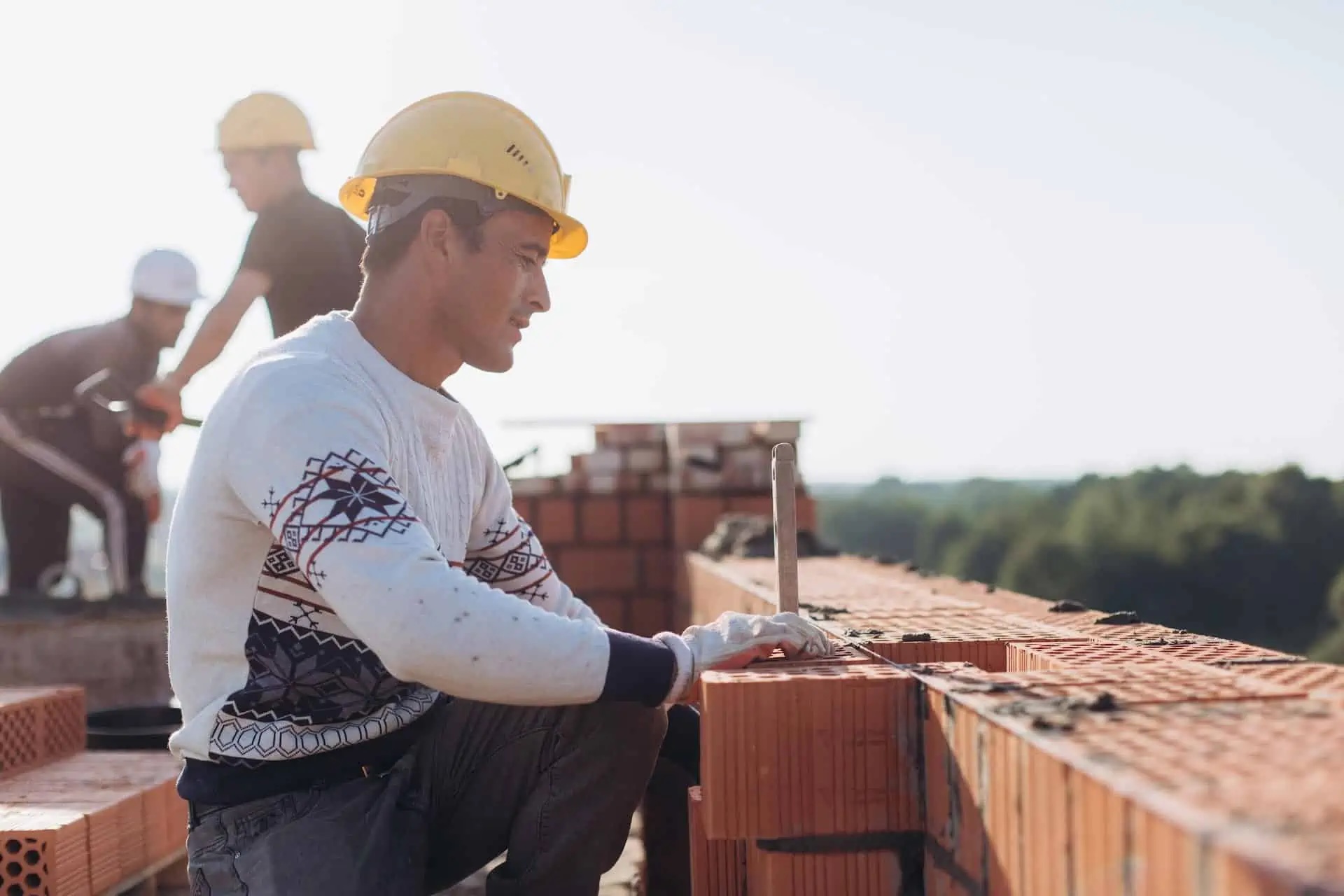
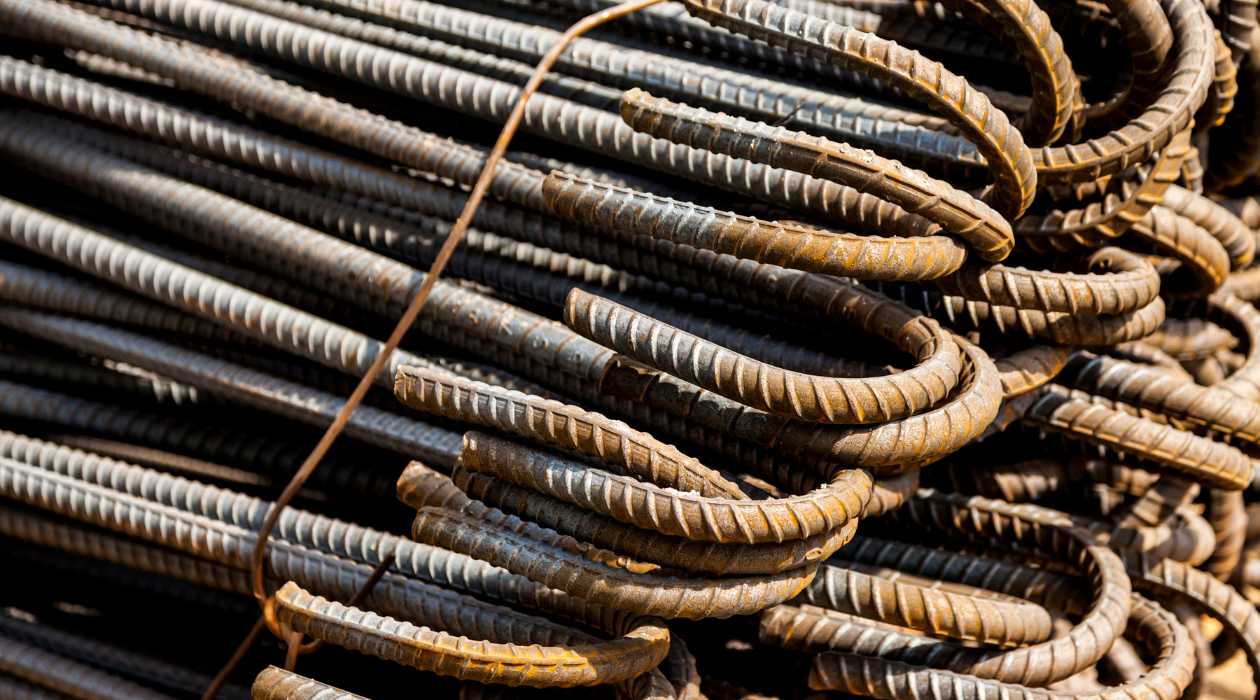
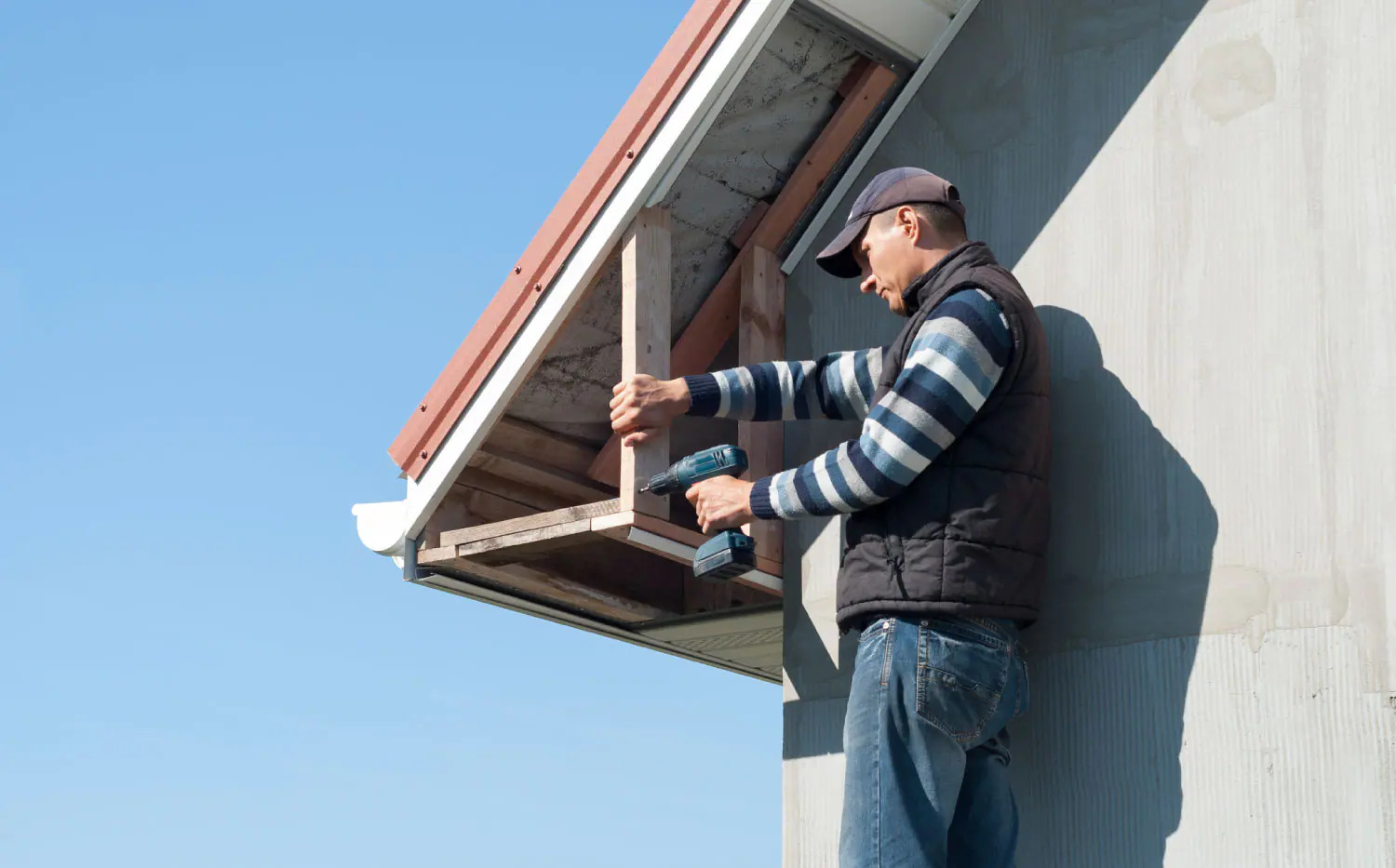
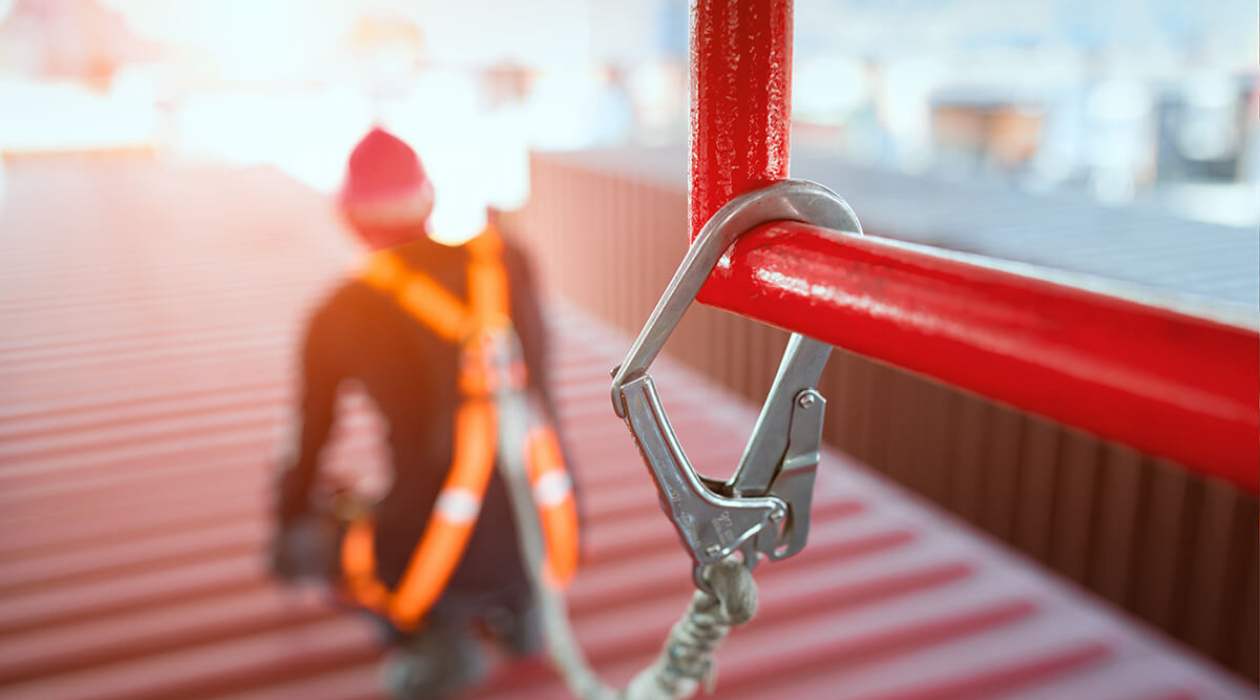

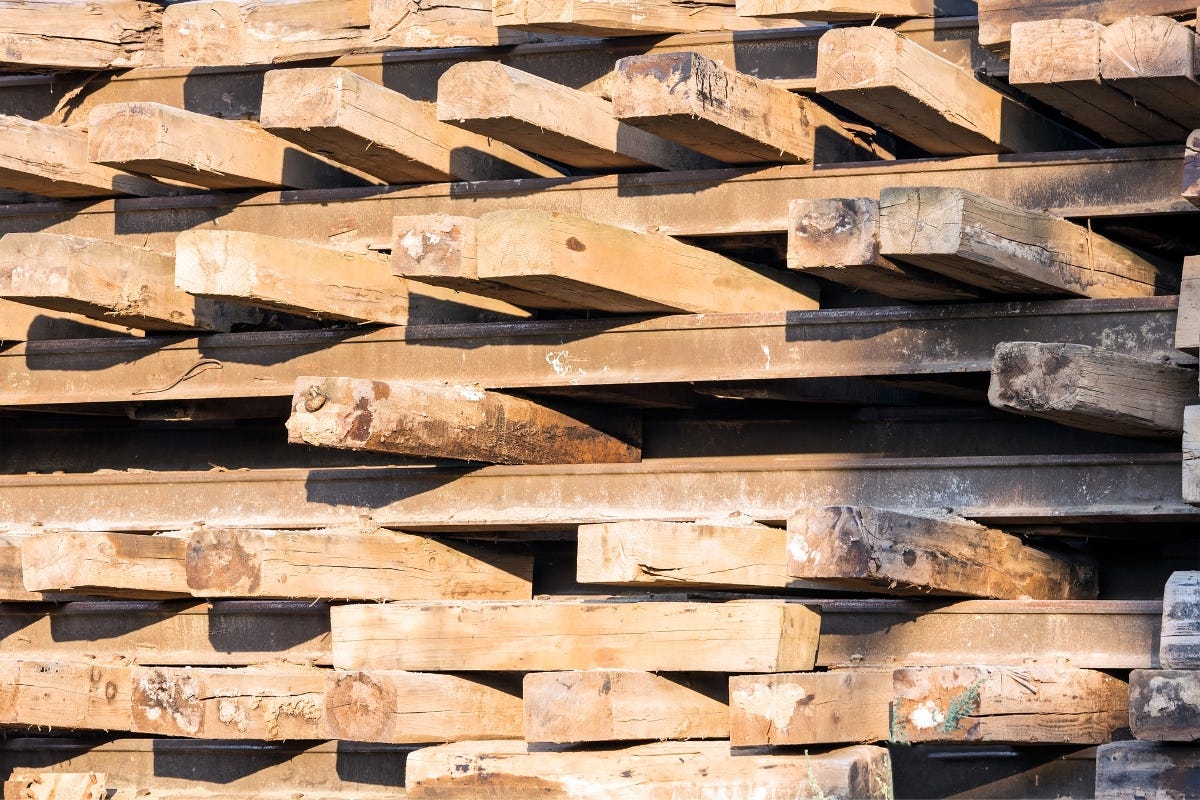
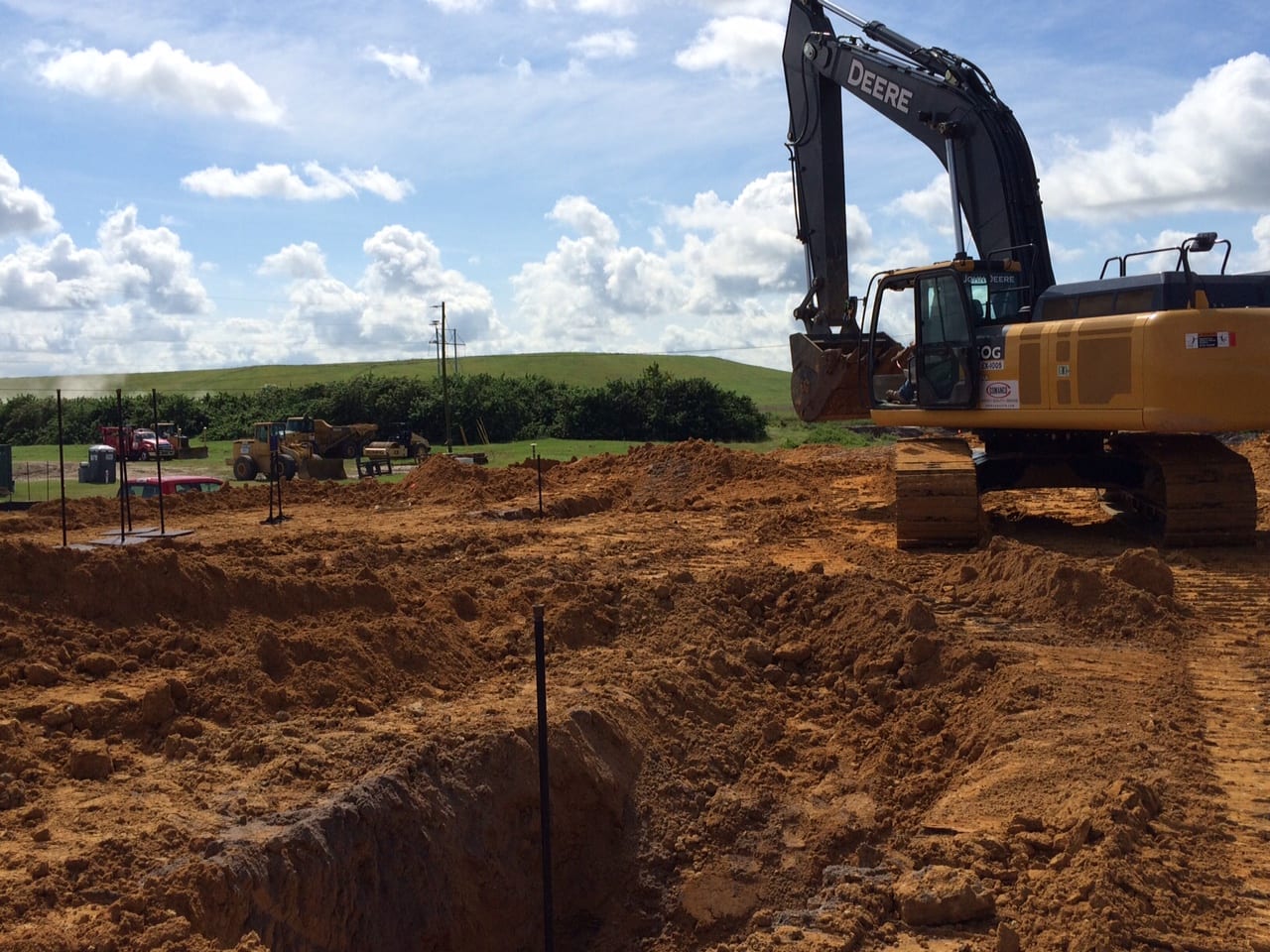
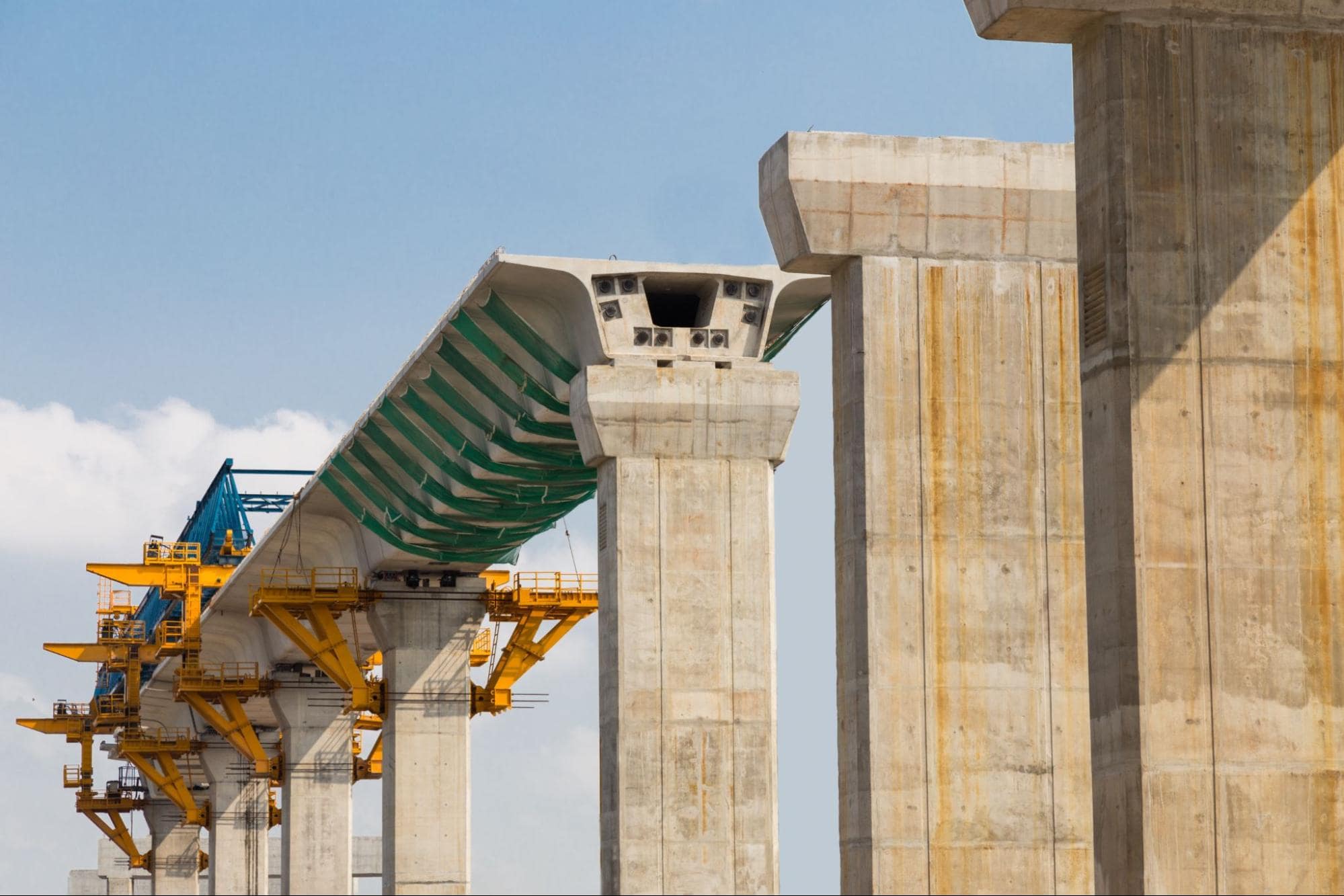
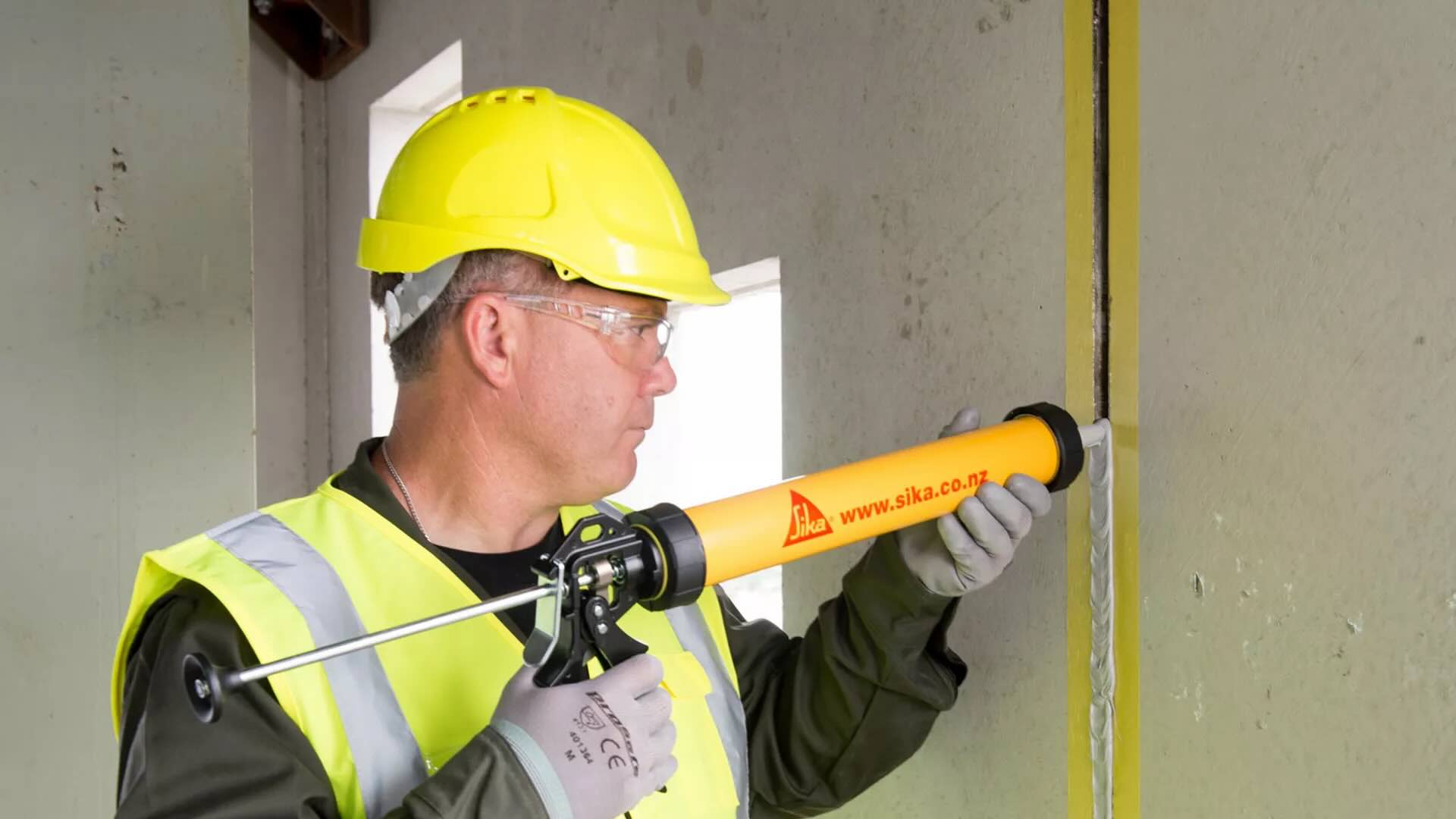
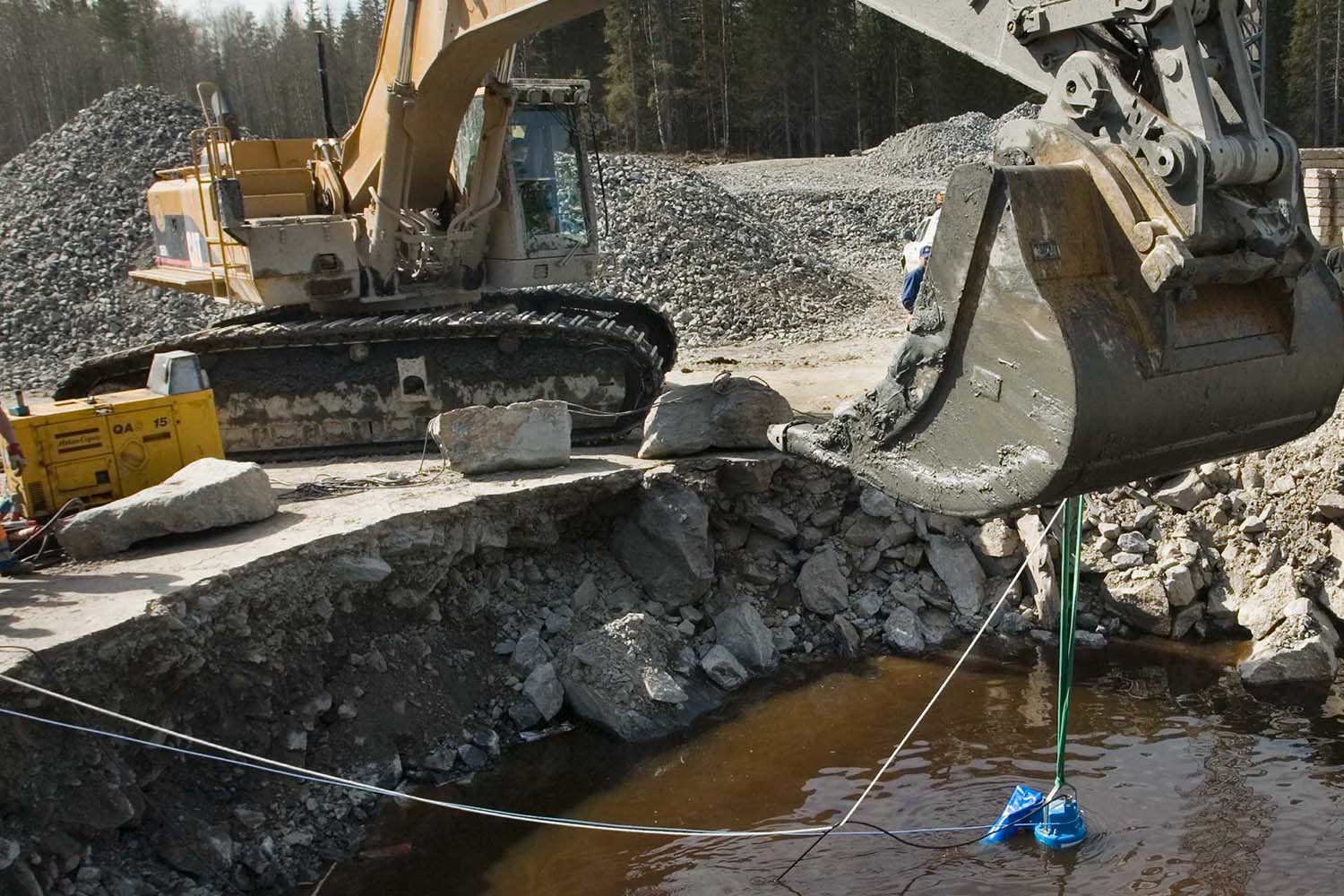
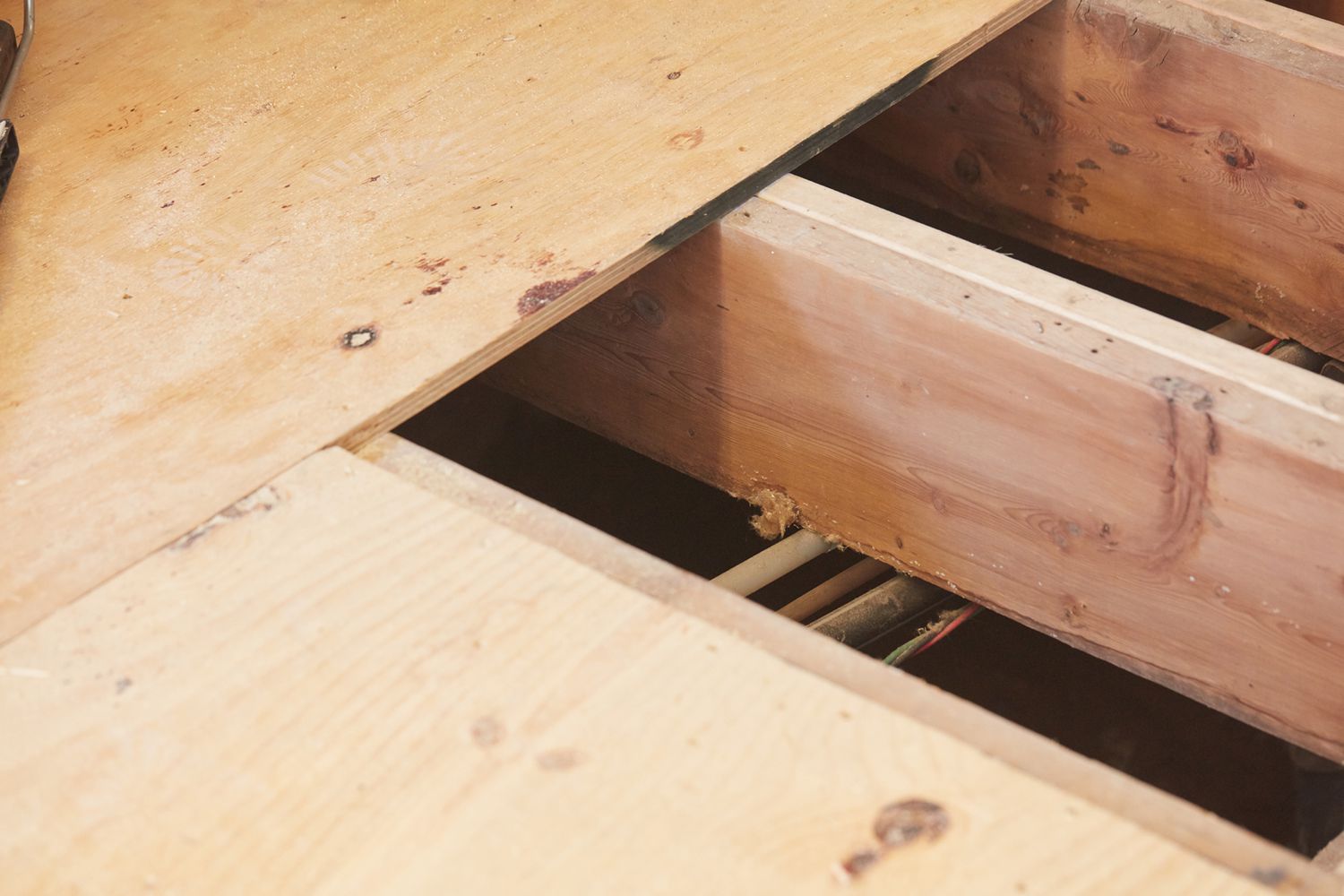
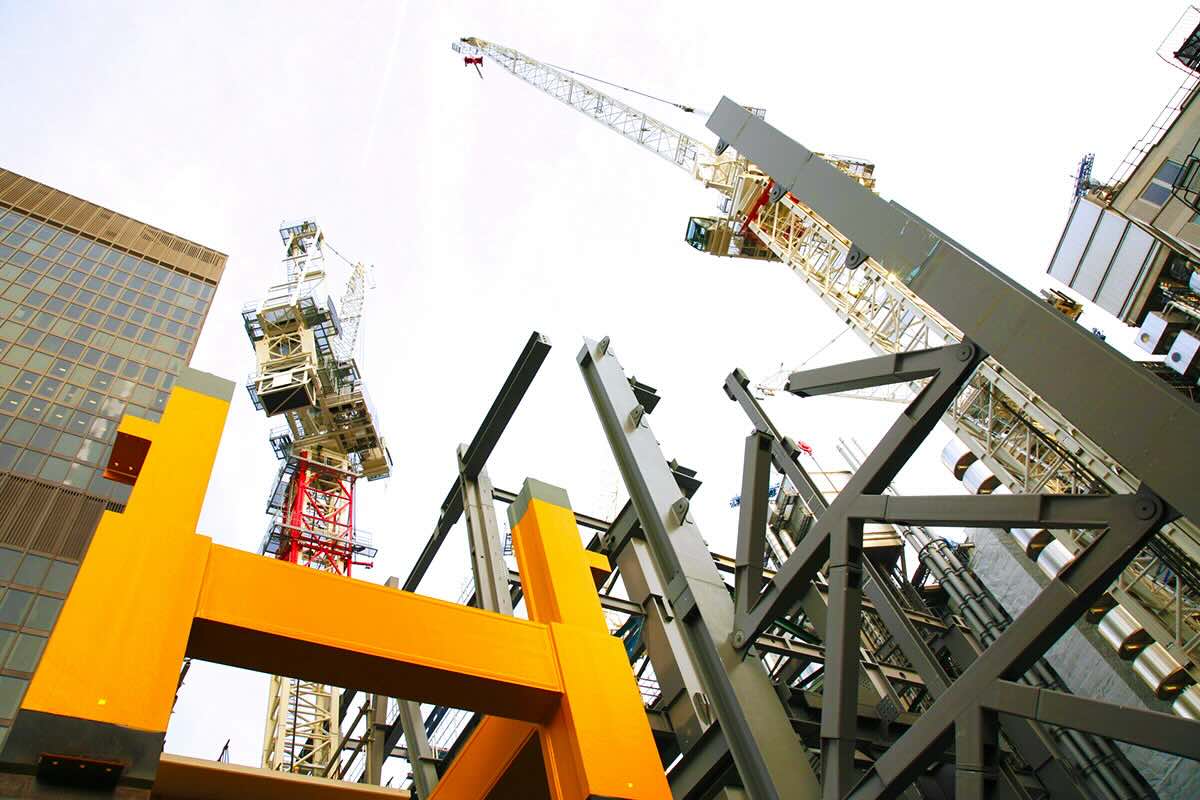


0 thoughts on “What Is Shoring In Construction”